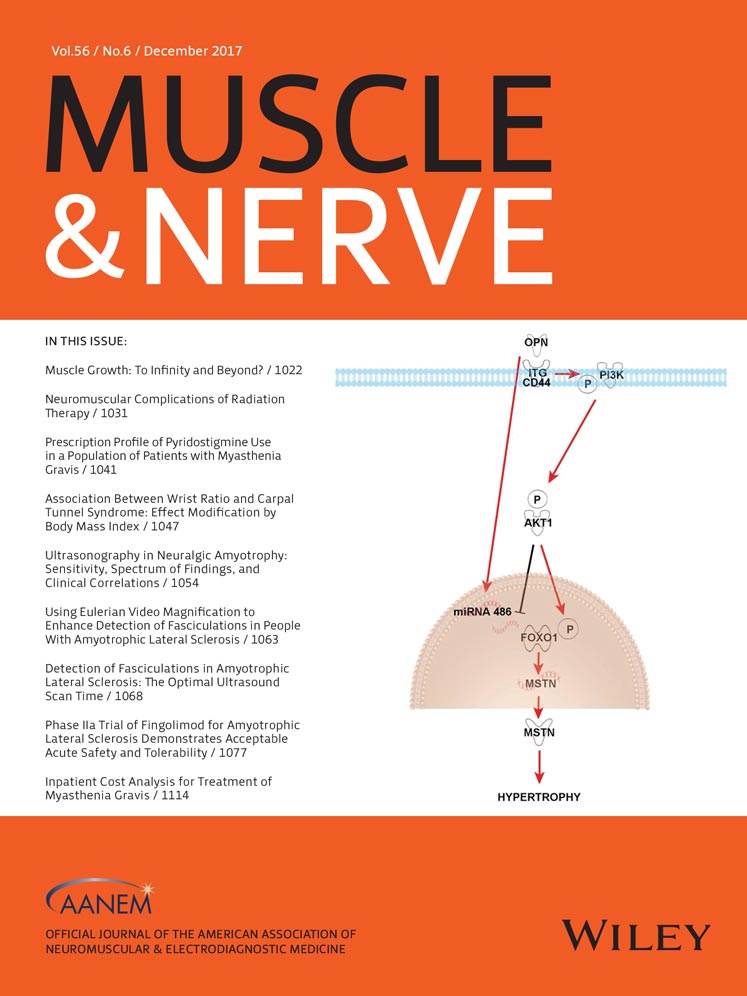Does partial muscle reinnervation preserve future re-innervation potential?
This study was supported by funding from the National Institutes of Health–National Institute of Neurological Disorders and Stroke (5 P30 NS047463) and by the National Institutes of Health–National Cancer Institute (Grant P30 CA016059).
Disclosures: J.I. has received speaking fees and is involved in contracted clinical research sponsored by AxoGen, Inc. The study was performed in a laboratory at Virginia Commonwealth University that has received partial research support from AxoGen, Inc., including partial funding for J.I., S.M., and G.P.
ABSTRACT
Introduction
Late revision nerve surgery for incomplete motor recovery due to partial reinnervation would improve muscle function if all muscle fibers were protected from developing denervation atrophy.
Methods
Sixty immature Sprague-Dawley rats underwent the following tibial nerve manipulations (n = 15/group): group A, partial denervation (two thirds of nerve resected and the remaining one third crushed), revision repair at 8 months; group B, partial denervation; group C, complete denervation, immediate reconstruction; group D, complete denervation, reconstruction at 8 months; and group E, control. Final testing at 11 months included muscle force, weight, and histology.
Results
Muscle weight was significantly (P < 0.05) different among all groups (highest to lowest: E > B > C > A > D), and force was significantly lower in groups A and D compared with E. Muscle fiber cross-sectional area was statistically smaller in group A than in groups B, C, or E.
Discussion
Partial reinnervation still allowed substantial muscle recovery, but it did not preserve the non-innervated muscle fibers. Muscle Nerve 56: 1143–1148, 2017




